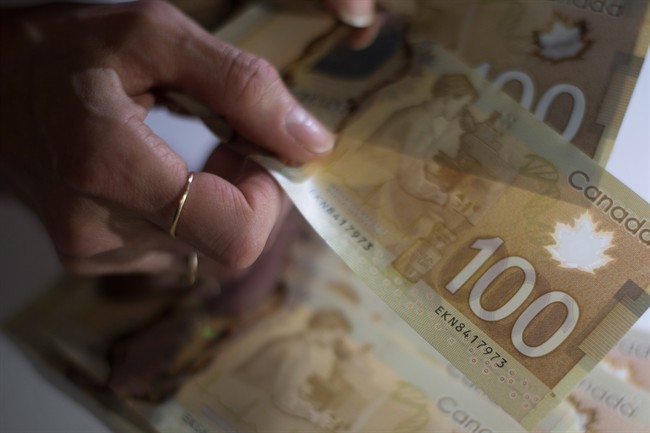OTTAWA – As Canadians review their year-end investment statements and prepare to meet with their financial advisers ahead of the RRSP deadline, stock markets are taking a rocky ride.

Amid the market turmoil, portfolio manager Adrian Mastracci of KCM Wealth says it is back to basics this year. That means having a strong financial plan that lays out clear goals and how they will be met.
“Here’s what I ask people coming in for the first time: Where are you going? Why are you going there? What is important to you? What is your time horizon? How long do you think you have? What can you save?” Mastracci says.
“That’s what people have to do. That’s how you become an informed investor because what matters most is how the portfolio fares, not the market outcome.”
MORE: Latest coverage — dicey stock market mayhem
Mastracci says it’s important to understand that markets can’t be controlled, but Canadians can manage their investments.
“How much risk do you take? How often do I invest? What do I invest in?” he says. “These are the things that matter most.”
The deadline for making contributions to an RRSP to be able to deduct the amount on a 2015 income tax return is Feb. 29. While people don’t have to immediately decide how they want to invest the money, it has to be in their account by the deadline.
Last year was a difficult one for the Toronto market as the plunging price of oil and other commodities took their toll. The bad news spilled over into the Canadian banking sector this year as it took its share of lumps amid worries about bad loans to the energy sector.
Behind swoon
Investment strategist Jurrien Timmer, director of global macro at Fidelity Investments, points to a divergence of U.S. and Chinese monetary policy as a key driver of the volatility on global markets.
The U.S. Federal Reserve raised its key interest rate late last year while Chinese policy-makers have been looking to revive the slowing growth in that country.
“We have sort of a tug of war if you will between Chinese monetary policy, especially as it relates to the currency — the yuan — and U.S. monetary policy,” he said.
“When you combine a slowing economy in China with a now overvalued currency, it creates some strains. People in China want to take their money out of the country because the growth is less and the currency by some measures is 15 to 20 per cent overvalued.”
Going forward, Timmer expects the rocky markets to continue until U.S. and Chinese monetary policy stop working against each other.
The market gyrations have left many investors sitting on their cash instead of exposing it to risk.
A report by CIBC suggests that some $75 billion in excess cash that would typically be invested is being kept on the sidelines and people are accumulating cash at a rate not seen in more than four years.
CIBC noted that it isn’t the first time that investors have increased cash holdings during a downturn in the market, but in the past they have also maintained those positions after markets rebounded.
Timmer predicted that 2016 will be a V-shaped year for markets like 2009 was in the wake of the financial crisis.
“We’re obviously right now on the downward sloping part of the V,” he said.
But the question remains: When will the markets hit bottom and start heading back up?
“If you are a typical long-term investor with a long horizon, you don’t need to draw on the cash tomorrow, you’re best off just sticking with whatever plan it is that you have and not overreacting to these movements,” he said.
Mastracci says it is important to keep an eye on the big picture and stick to a financial plan.
He says he learned a long time ago to simply forget the noise.
“I read the papers. I see the headlines, but I don’t dwell on it because you can’t do anything about that,” he says.
“What you can do something about is how your portfolio fares. … You have to expect that some things will go up and down.”





Comments